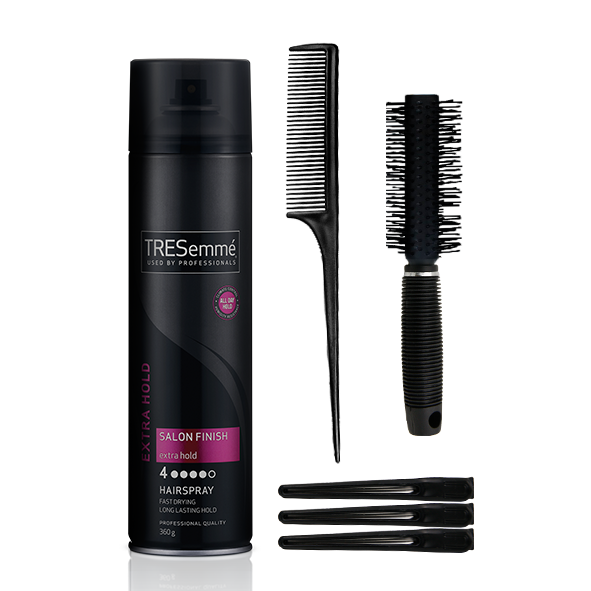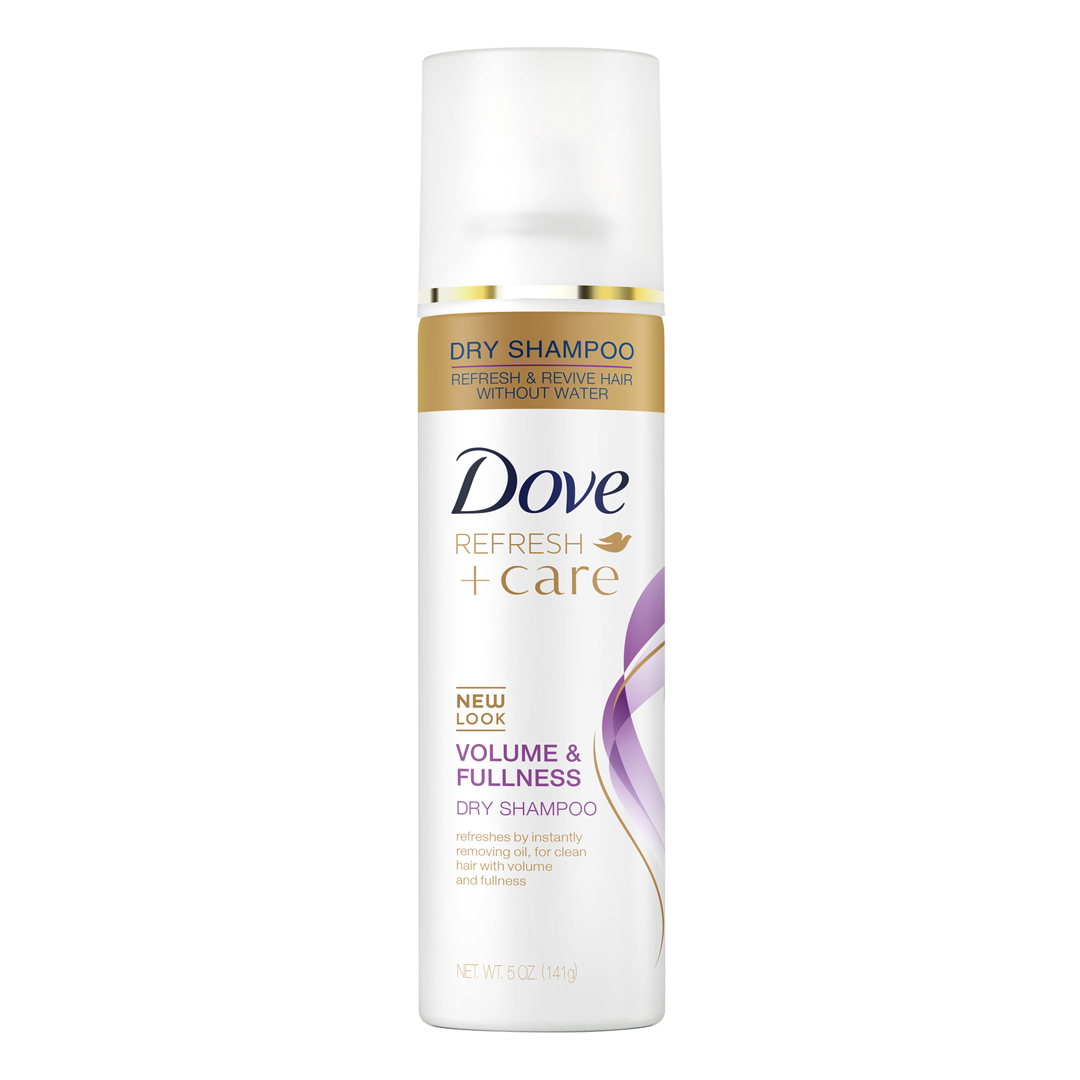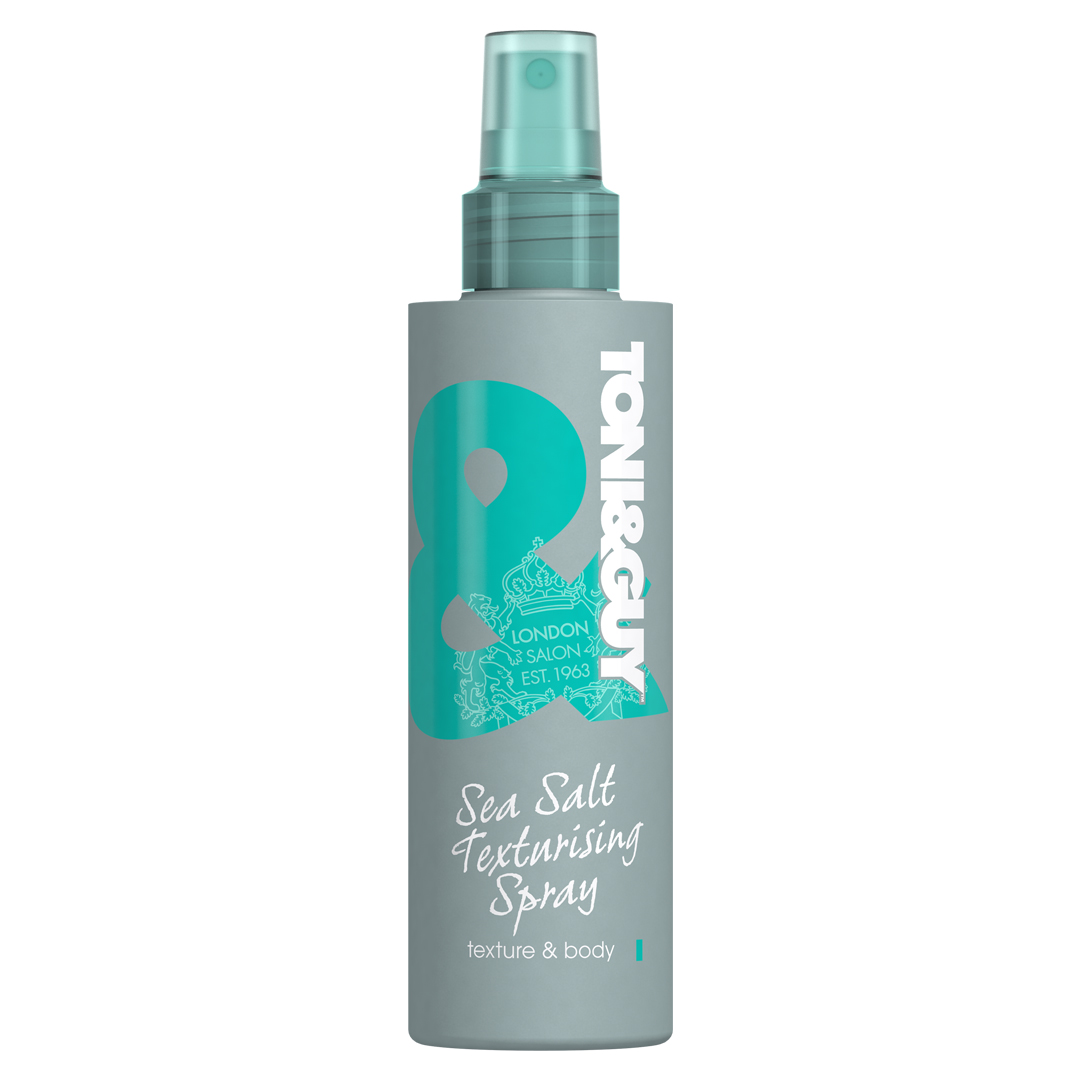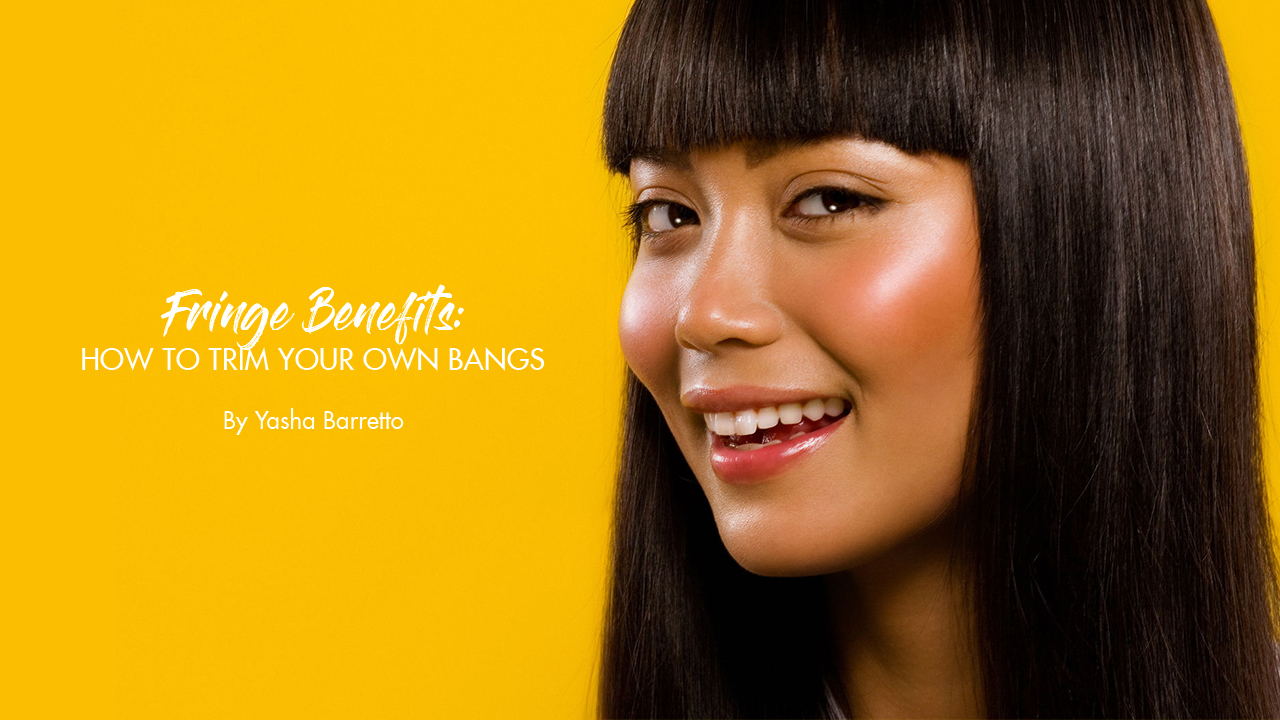
No matter the decade, the fringe never seems to go out of style. From Cleopatra’s iconic bangs in Ancient Egypt to Zooey Deschanel’s cute cut in this modern era, the fringe keeps coming back (or more accurately, never left). While always guaranteed to be stylish and chic, it does take a bit of an effort to maintain. There is nothing worse than getting blinded by extra centimeters of hair poking your eyeballs, or having your fringe stuck in an awkward, unpretty length. For those of us with no time (or budget) to run to the salon whenever your fringe needs trimming, we’ve got to know how to DIY these things. Of course, there is always a risk to DIY, but with these tips and tricks, you might just be an expert trimmer in no time:

1. It’s all about the shears.
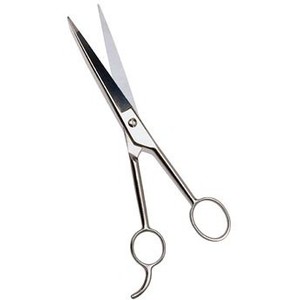
Do not, by any means, reach for those craft or kitchen scissors when cutting your mane. Their blades aren’t meant for hair and may result in a wonky cut. Always use proper haircutting scissors to ensure precision.
2. Dry your hair before you start snipping.
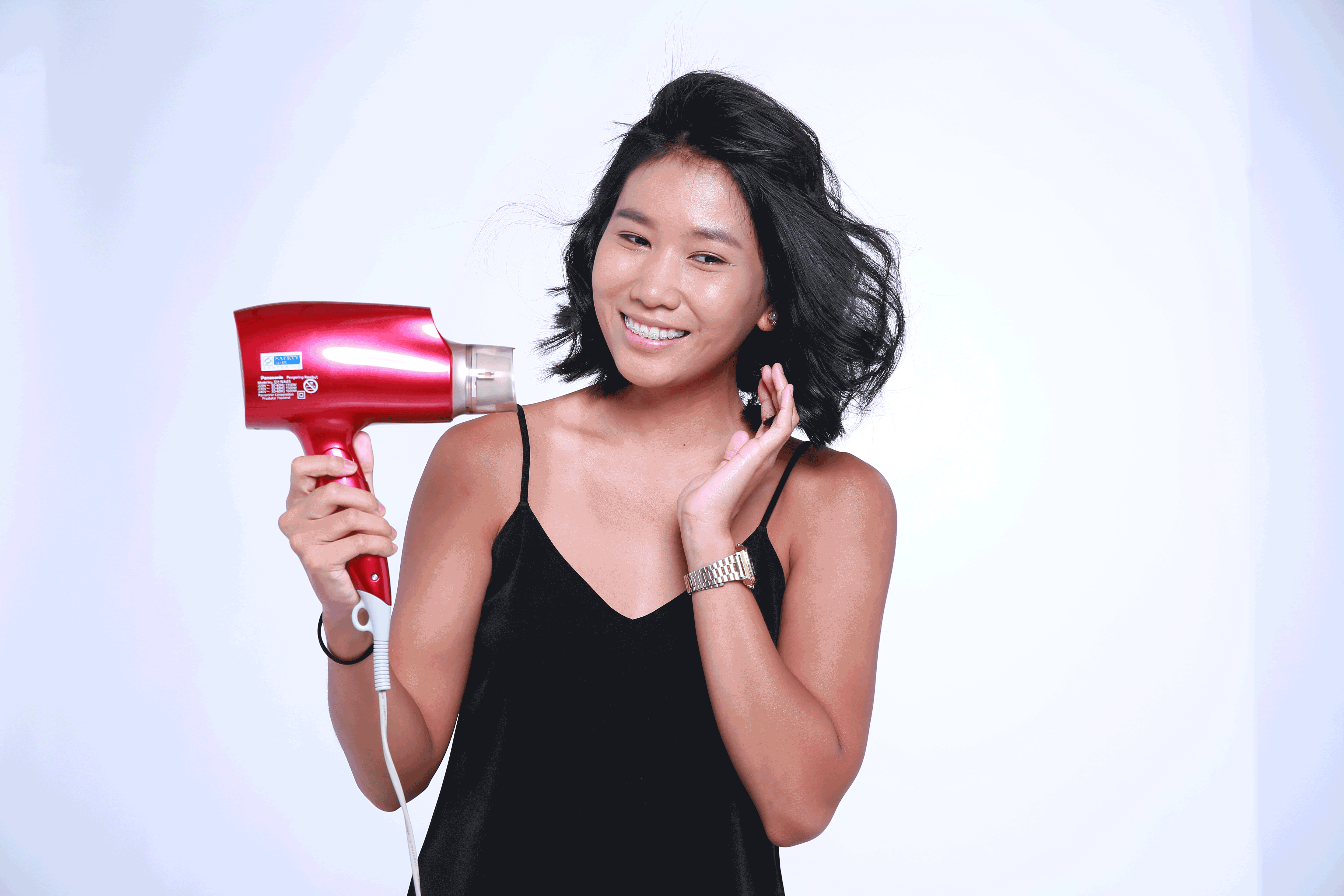
At the salon, most stylists cut hair while it is still wet. However, keep in mind that these are experts who know how to properly estimate how much hair to snip. Wet hair has the tendency to appear longer than dry hair, so you might accidentally overestimate the length to cut and end up with shorter bangs than you intended.
3. Take your sweet time.
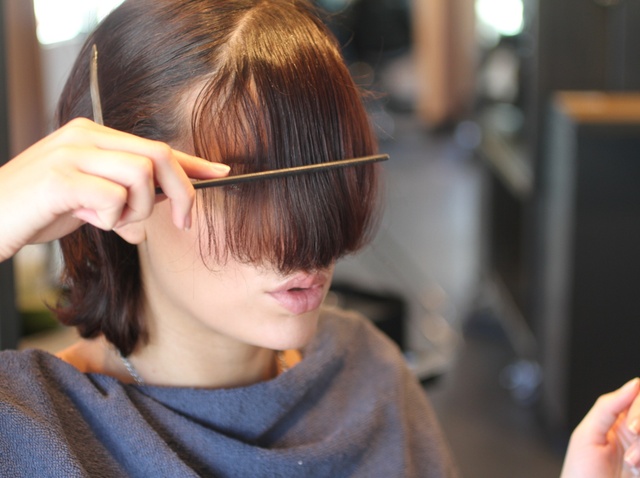
If there is one thing not to rush, it’s trimming your bangs. If you cut too abruptly, you might end up with uneven lengths or cutting an extra centimeter off accidentally. Do it slowly but surely, and make sure to reevaluate the length as you go.
4. Snip at an angle.

A common misconception about hair cutting is that if you want a straight fringe, cut your hair in a straight line across the forehead. On the contrary, cutting at an angle while lightly chipping away bit by bit is the way to go. And yes again, reevaluate after every snip.
5. Tie your hair into a ponytail.
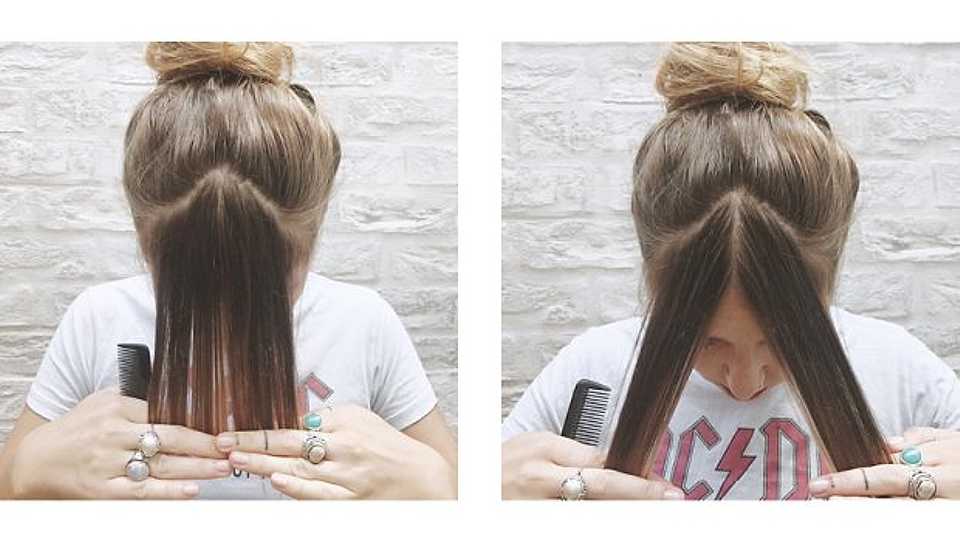
It’s always easier to separate the back part of your hair and tie it back, then leave the front part of your hair you want to cut. This ensures that if, for instance, wind happens, the rest of your hair won’t get in the way of your cutting. It also helps you get an accurate view of how much hair you want to turn into bangs!
Products we suggest:
Text by: Yasha Barretto




